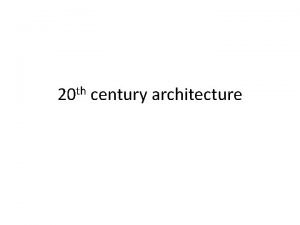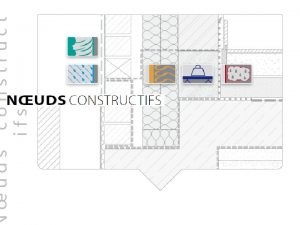Heike Schroder How to construct Step 1 Construct










- Slides: 10

Heike Schroder How to construct…


Step 1 Construct a hexagon with the given dimensions. Join the vertices with solid diagonals. Draw a box directly around the hexagon, touching its sides and vertices as shown. This is your auxiliary view.

Step 2 Number and name the vertices of the box and the hexagon as shown. Use the measurements from the auxiliary view to construct an isometric box at a 30° angle. The base measurements will be the measurements of the box in the auxiliary view. Use the given height of the pyramid to construct the height of the isometric box (in this case 80 mm). The numbers of the isometric base correspond with the numbers of the auxiliary view. 80 mm

Step 3 Use the letters and measurements of auxiliary view to transfer and construct the hexagon onto the base of the isometric box. The letters on the isometric base correspond with the letters on the auxiliary view. Just to help that extra bit, the colours of each side of the hexagon in the auxiliary view correspond with the colours of the sides of the hexagon on the isometric base.

Step 4 Join the vertices of the hexagon on the base of the isometric box with diagonals as it is on the auxiliary view. Construct a 90° line with the length/height of the given pyramid height (80 mm) from the centre of the hexagon on the base where the diagonals intersect. The tip/end of the line reaches the top of the isometric box and it marks the tip/point of the hexagonal pyramid.

Step 5 Construct solid and hidden lines (as shown) from the vertices of the hexagon on the isometric base, to the point/tip of the 90° line (which, mentioned previously, marks the point of the pyramid). The hexagonal pyramid is now complete.

To illustrate: the sides/faces of the hexagonal pyramid that represent the back of the pyramid correspond with the colours of the sides on the auxiliary view’s hexagon…

… and the sides/faces of the hexagonal pyramid that represent the front of the pyramid (or the visible faces if the pyramid were solid and not transparent) correspond with the colours of the sides on the auxiliary view’s hexagon.

Well done! You have successfully Constructed a
















